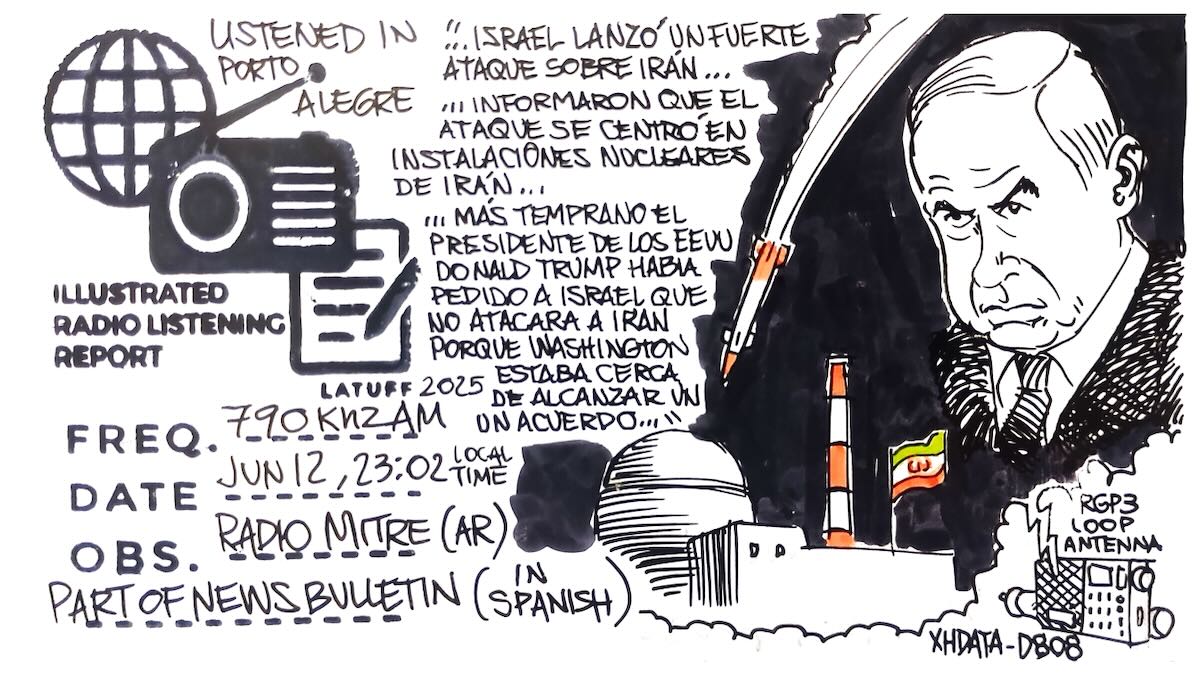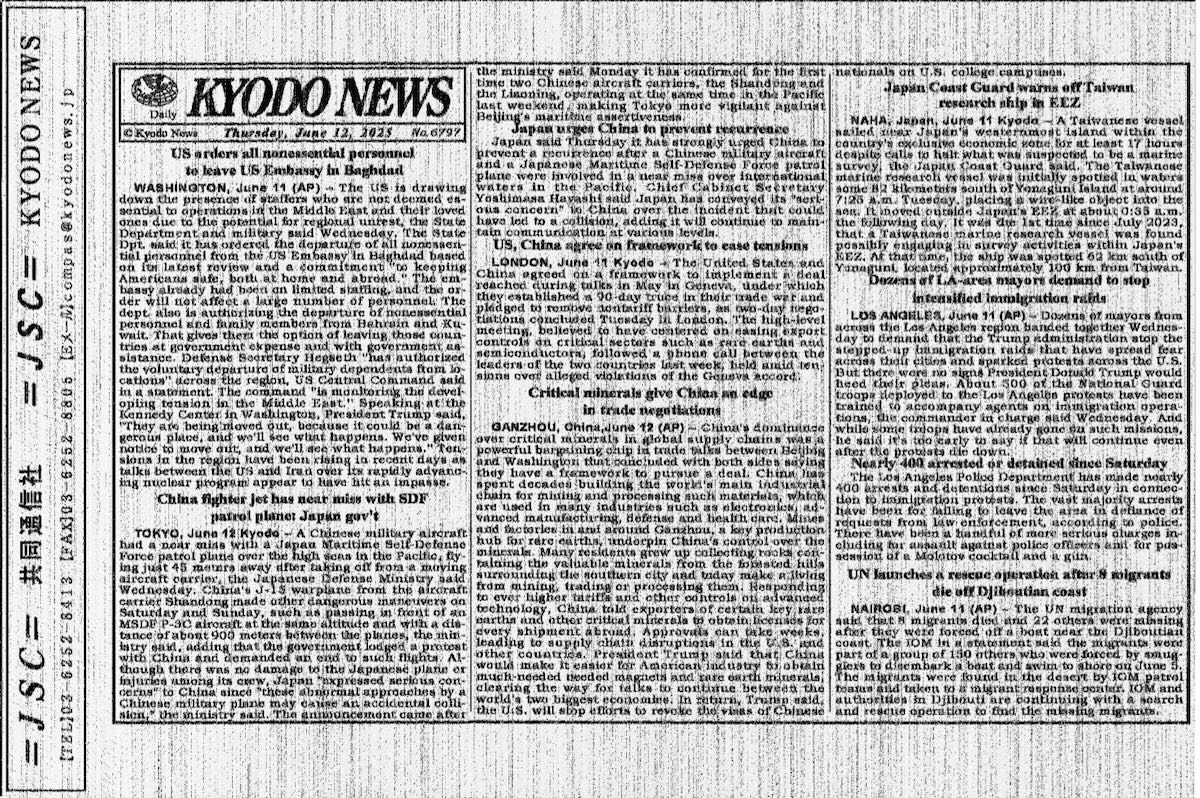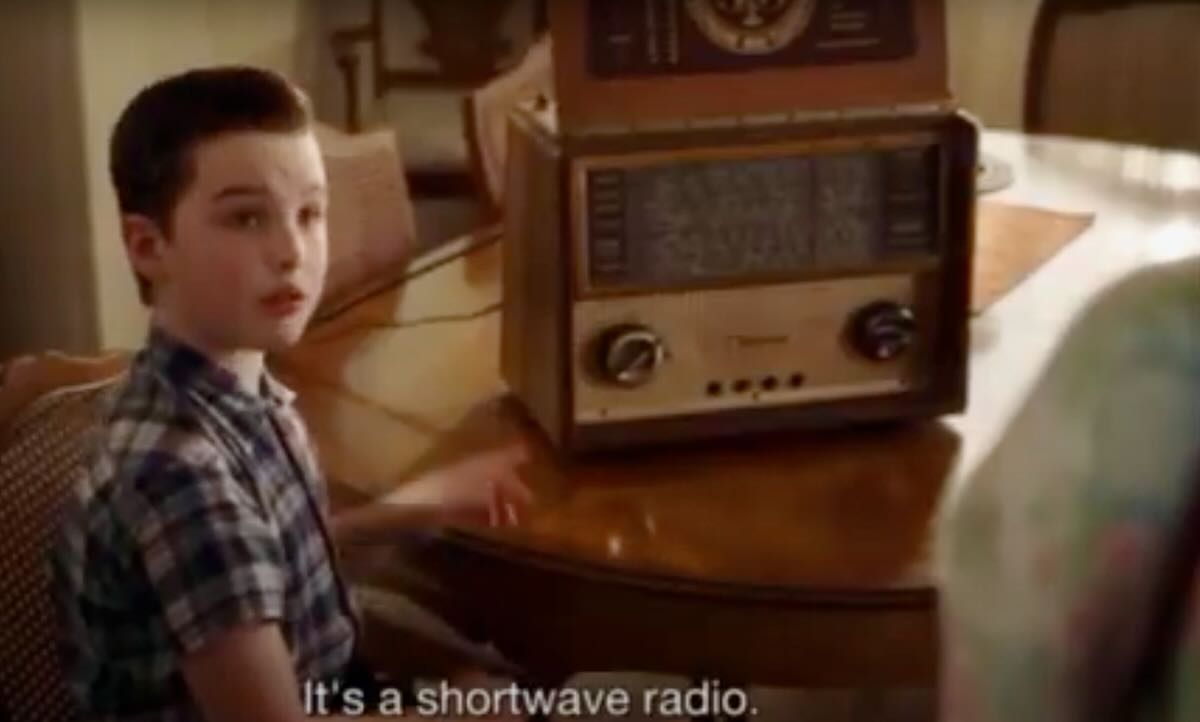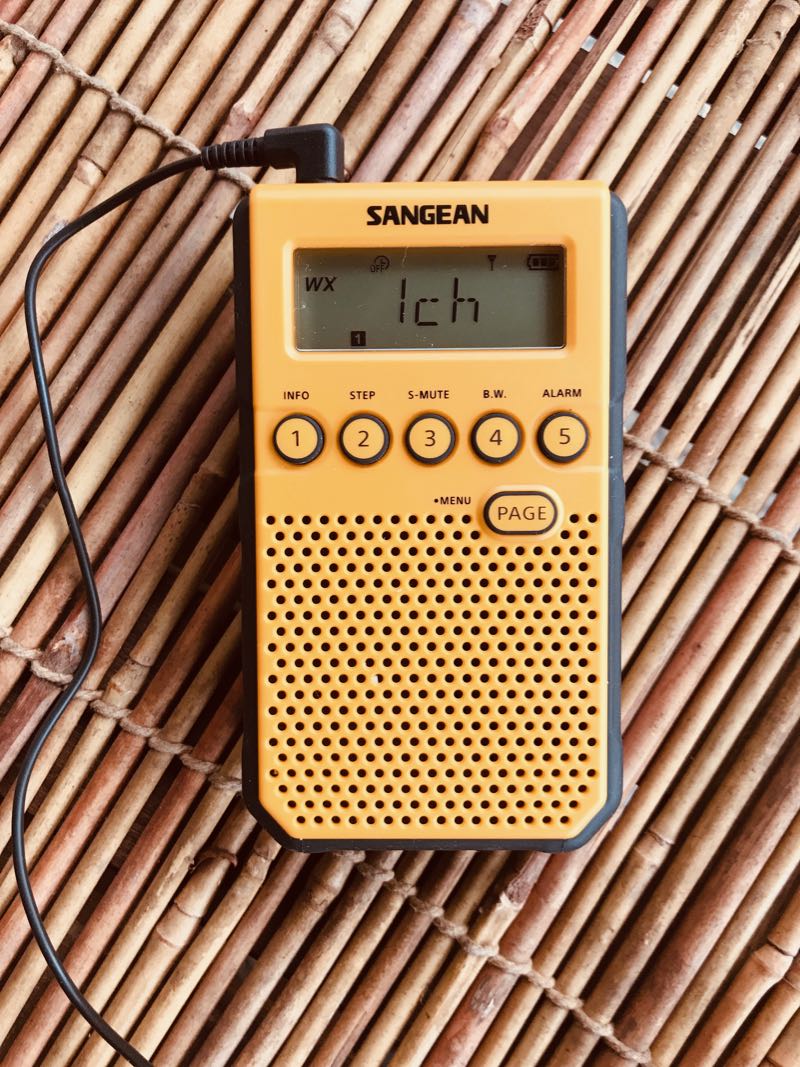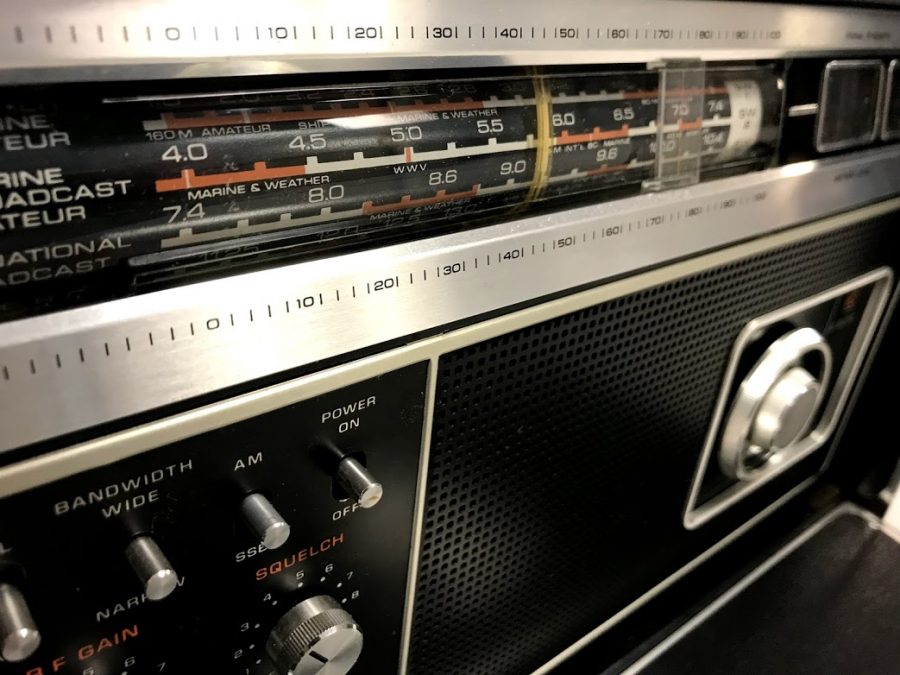Many thanks to SWLing Post contributor and noted political cartoonist, Carlos Latuff, who shares the following illustrated radio listening report of a recent Radio Mtrie broadcast.
Carlos notes:
Israel launched a massive attack against Iran, Radio Mitre, Argentina, 790 kHz AM
Part of the Spanish-language news bulletin from Radio Mitre (Argentina) on the Israeli attack on Iran. Listened in Porto Alegre, Brazil, on an Xhdata D-808 receiver.
“We reiterate, Israel launched a massive attack on Iran. The Israeli Ministry of Defense announced this, anticipating a strong retaliation with missiles and drones at various points across the country. Israel declared a state of emergency and warned its entire population not to leave their homes and stay close to shelters. As sirens blared across the country, Israeli officials and military personnel, led by Benjamin Netanyahu, reported that the attack targeted Iran’s nuclear facilities and would last for several days. The prime minister convened his security cabinet amid the operation dubbed “Nation of Lions.” Before the attack, a United Nations report had warned for the first time in 20 years that Iran had failed to comply with its nuclear obligations. Earlier, US President Donald Trump had called on Israel not to attack Iran because Washington was close to reaching an agreement on Tehran’s nuclear program. This is, we reiterate, an unprecedented escalation of attacks on the Iranian capital, following the Tehran government’s refusal to abandon its nuclear plan.”

